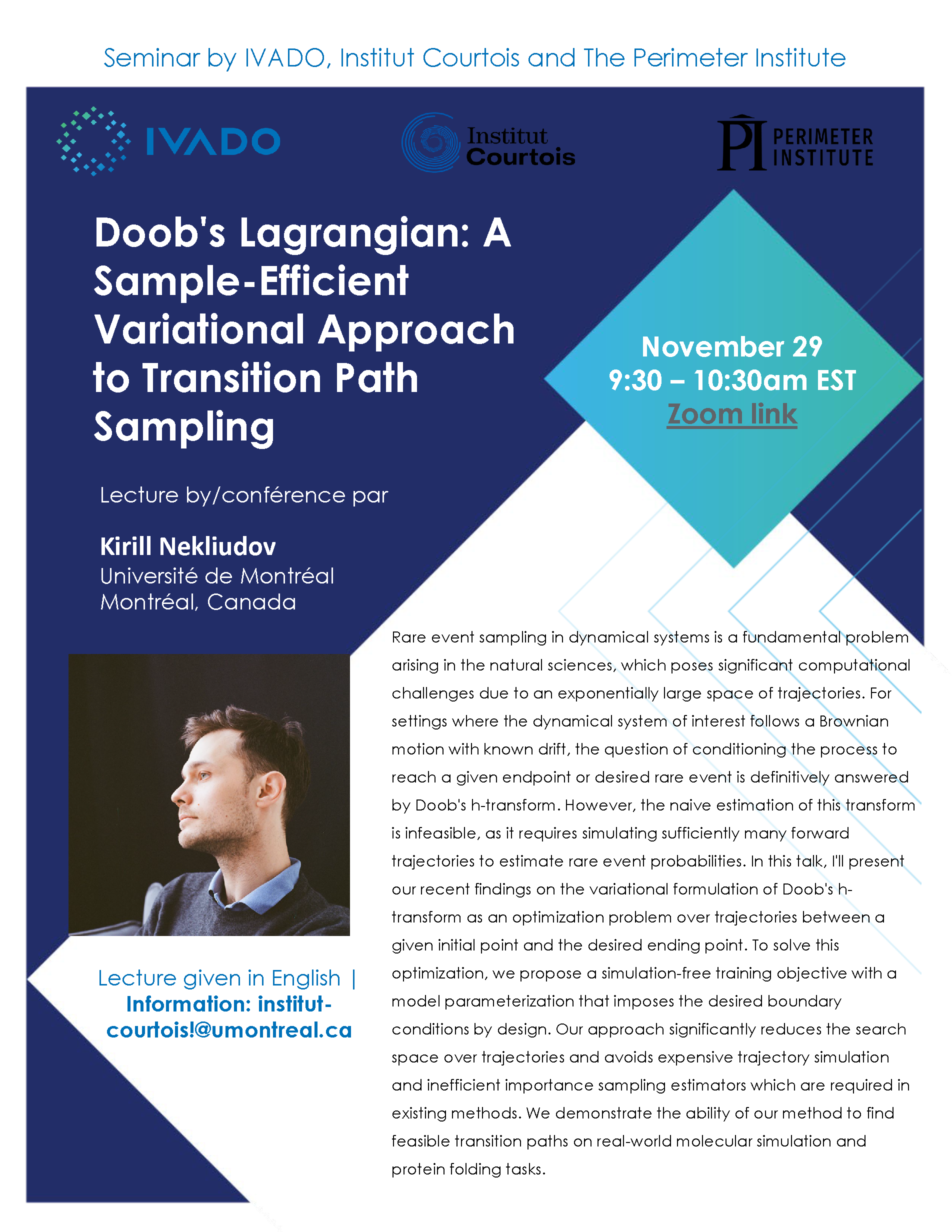Displaying 1 - 7 of 7
Format results
-

-

The Quadratic Formula Revisited
Bernd Strumfels Max Planck Institute for Mathematics in the Sciences
-

Neural network enhanced cross entropy benchmark for monitored circuits
Yangrui Hu University of Waterloo
-

Recurrent neural networks for Rydberg atom arrays
Mohamed Hibat Allah University of Waterloo
-

-

-

AI methods for quantum circuit transpiling and optimization
David Kremer Garcia
